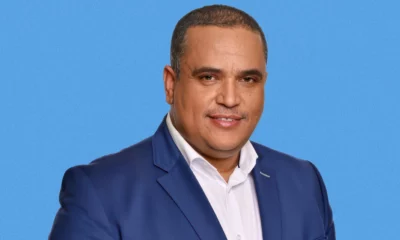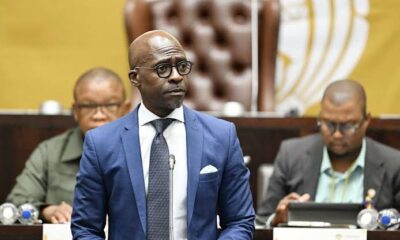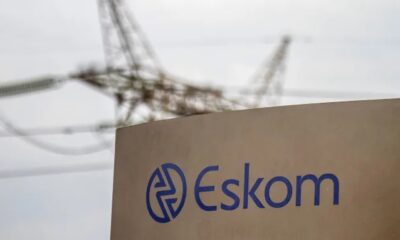Business
Eskom Pumps R10 Billion More into Infrastructure as South Africa Rebuilds Its Backbone

A New Wave of Construction Spending
South Africa’s public sector has finally found its hard hat again. After years of stagnation, state infrastructure investment is picking up pace, with electricity, transport, and water projects leading the charge.
According to the latest figures from Stats SA, public sector spending on infrastructure and fixed assets rose for the third consecutive year, climbing from R234 billion in 2023 to R276 billion in 2024. It marks a notable recovery after a five-year downturn, though the total still lags behind the 2016 peak of R283 billion.
While the rebound is encouraging, the nation still invests only 5% of its expenditure in infrastructure, far below the 10% target set by the National Development Plan and the 30% benchmark recommended by economists.
President Cyril Ramaphosa has repeatedly called for South Africa to “become a construction site,” and this year’s numbers suggest that vision is starting to take shape, brick by brick.
Eskom Leads the Spending Surge
At the centre of this uptick is Eskom, which increased its capital spending by R10.2 billion, from R39.3 billion to R49.5 billion. The utility has been pouring funds into its capacity expansion programme and the ongoing completion and repair of the Medupi and Kusile power stations.
That investment helped boost Eskom’s share of total public sector expenditure from 16.8% to 17.9%, cementing its place as the country’s largest infrastructure spender.
For a power utility under immense pressure to stabilise the grid and restore public trust, this spending isn’t just a number; it’s a lifeline. The work being done now will shape whether the lights stay on in the coming years.
Trains, Roads, and Ports on the Mend
Eskom wasn’t alone in ramping up investment. PRASA (Passenger Rail Agency of South Africa) boosted capital expenditure by nearly R6 billion, bringing its total to R21.8 billion. The agency has been restoring vandalised lines and reopening vital commuter routes, including Johannesburg-Naledi and Pretoria-Pienaarspoort.
After being crippled by the pandemic and years of cable theft, PRASA’s rail recovery has been striking, with passenger numbers reportedly rising by over 600% since the start of the decade.
Meanwhile, SANRAL (South African National Roads Agency) increased its investment from R9.4 billion to R13.3 billion, focusing on the repair and construction of critical national roads. Transnet followed suit, raising its infrastructure budget to R18.3 billion, channelled into ports, rail, and pipeline maintenance to improve trade flow.

Image 1: Business Tech

Image 2: Business Tech
Municipal Momentum and Water Projects
Municipalities, particularly Johannesburg, Cape Town, and eThekwini, also featured prominently among the year’s biggest spenders. Together, they contributed 25.9% of total public capital expenditure.
The Water Trading Entity, National Department of Water and Sanitation, and uMngeni-uThukela Water were also key players, investing heavily in water supply and treatment upgrades, a critical issue given the ongoing shortages and infrastructure failures in several provinces.

Image 3: Business Tech
Why This Matters
After years of underinvestment, South Africa’s renewed public spending offers a much-needed jolt for the economy. Infrastructure doesn’t just build roads or power lines; it builds confidence, jobs, and mobility.
As Stats SA put it, “Infrastructure forms the backbone that connects different parts of the economy, supporting the flow of goods, travel, and communication.”
The challenge now is maintaining momentum and ensuring that billions spent on paper translate into reliable power, efficient transport, and clean water for real South Africans.
Follow Joburg ETC on Facebook, Twitter, TikT
For more News in Johannesburg, visit joburgetc.com
Source: Business Tech
Featured Image: EWN



























